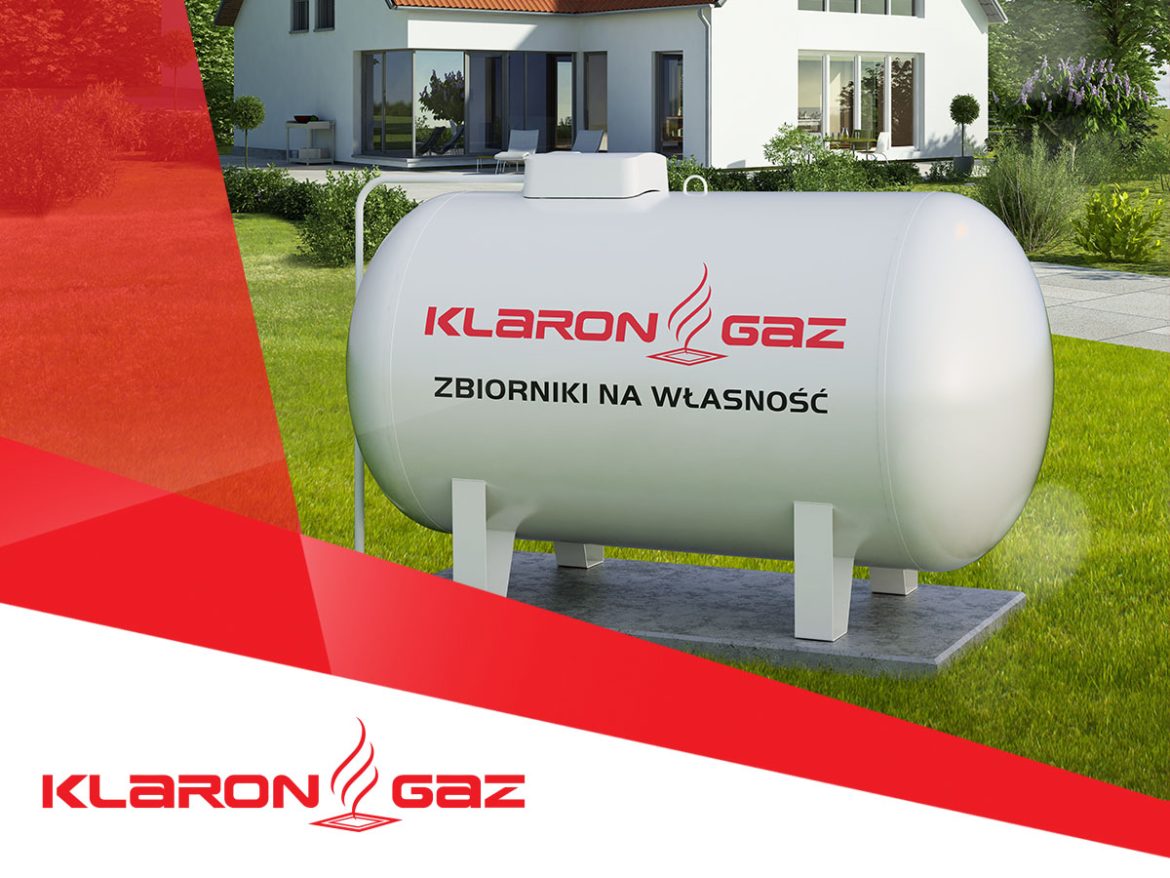Increasingly, we are choosing to replace our existing heating boiler by considering gas as an alternative fuel. But what if your plot of land is not connected to the gas grid? The solution may be to purchase a homemade liquid propane gas tank.

Advantages of a gas tank
A liquid gas tank will prove useful where access to other fuels is difficult. Gas from a properly connected tank can power all domestic gas appliances such as a central heating cooker or cooker. But these are not all the advantages of having your own gas tank. Undoubtedly, the lack of additional rental charges and lower prices per litre of gas are also a plus. Such heating is maintenance-free, clean, and cheaper than heating with, for example, coal. It is also more environmentally friendly.
Types of tanks - which one to choose?
Gas tanks can be divided into aboveground and underground. The place where the tank will be installed plays a fundamental role in the selection of the tank. If the groundwater level is too high, we should select a aboveground tank available in our range. However, if it is possible, you can consider installing an underground tank. The latter is suitable for smaller plots of land because it is invisible and will not take up space like an aboveground tank, which, however, is quicker to install and does not require extensive building work. The distance to residential and commercial buildings is also important, as the larger the tank, the greater the distance should be. This is also the case with above-ground tanks. For an underground tank with a capacity of 2,700 litres, the distance to a building is only 1 m. It is also important to choose the right size of the tank in relation to the surface area of your house. A 2,700-litre tank is ideal for an area of up to 140 m2 and a family of four. For larger needs, choose a capacity of 4850 l or 6700 l.

Formalities when setting up a gas tank.
Once we know what type of liquid gas tank we can install on our plot of land, we should focus on its proper installation. Technical design of the installation, notification and acceptance. These three steps are the basis for installing our tank in a legal manner. First of all, we need to choose a supplier who will provide us with the best solution for our needs in terms of the foundation of the tank and LPG installation. The chosen company prepares an application to the municipality for the development conditions. It is also necessary to present a copy of the basic map from the district surveying and cartography service. Unfortunately, we have to apply for this ourselves as the owners of the plot.
Once the application from the Authority to operate the reservoir has been granted, work on the installation can begin. However, it is necessary to wait about three weeks, as objections to the project may be raised by this time. In the case of an underground tank, its installation is preceded by earthworks, where a trench must be dug and a stabilising plate used. For an above-ground tank, a concrete foundation slab of about 30 cm is needed, of which 10 cm must extend beyond ground level and be earthed. In both cases, a technical acceptance of the installation is carried out after the work is completed and the tank must be passed before it can be operated.
Safety of gas tank operation.
It is also worth remembering to use the tanks safely. To this end, the technical condition of the tank should be checked from time to time. An efficient gas installation also plays an important role, as we have written about in this section. here.
Summary
LPG tanks are undoubtedly a good solution for people who want to supply their home with gas in the absence of a mains gas supply. The choice of tank is an individual matter, but it is important to consider the pros and cons of an aboveground and underground tank.
